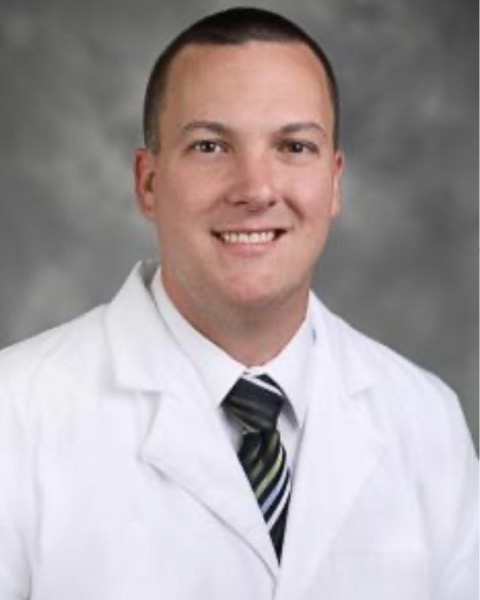Congenital
Category: Scientific Abstract: Oral/Poster
Maximizing Donor Heart Organ Utilization: Split Root and Domino Living Root Transplantation
D. Overbey1, T. K. Rajab2, B. Aykut3, C. Medina1, J. N. Schroder4, Z. Beckerman5, J. Turek4
1Duke University, Durham, North Carolina 2MUSC, Charleston, South Carolina 3Duke, Durham, North Carolina 4Duke University Medical Center, Durham, North Carolina 5Duke Children's Pediatric and Congenital Heart Center, Durham, North Carolina
1Duke University, Durham, North Carolina 2MUSC, Charleston, South Carolina 3Duke, Durham, North Carolina 4Duke University Medical Center, Durham, North Carolina 5Duke Children's Pediatric and Congenital Heart Center, Durham, North Carolina

Douglas M. Overbey, MD, MPH
Assistant Professor
Duke University
Durham, North Carolina, United States
Presenting Author(s)
Disclosure(s):
Douglas M. Overbey: No financial relationships to disclose
Purpose: Transplantation of fresh cardiac living root allografts provides a promising solution for systemic or pulmonary valve replacement, particularly in children where valve growth potential is considered. We describe two variations that can expand the technique of living root transplant, in both cases multiple patients benefit from one organ donation.
Methods: In the split root procedure, a single donor heart unsuitable for orthotopic heart transplant was procured as a potential for double root truncus repair. However only the right ventricle to pulmonary artery (RV-PA) conduit was utilized for that recipient, so the aortic conduit was re-purposed for a separate recipient at a different center. In the domino transplant procedure, a heart transplant was performed for a recipient that had competent semilunar valves and absence of genetic mutation, so roots were procured from the cardiectomy heart and transplanted in another patient.
Results: For the split root donor- A 12 day-old 3.4kg donation after cardiac death (DCD) donor was identified by directly contacting organ procurement organizations. The aortic homograft measured 7mm and the pulmonic 8 mm, the organ was kept on cold storage other than sterile root splitting. The first recipient was a 3-day old 3.4kg neonate with prenatally diagnosed truncus arteriosus and interrupted arch with dysplastic truncal valve, severe stenosis and moderate regurgitation. The truncal valve was successfully repaired, and the living pulmonary root was used as a conduit from the right ventricle to the pulmonary artery. The second recipient was a 6-day old 3.2kg neonate who also had truncus arteriosus and interrupted arch, and the truncal valve was successfully repaired allowing placement of the living root in the RV-PA position.
For the domino transplant- A 4 day old 3.5kg DCD donor was identified for a 3-month old 3.6kg ischemic cardiomyopathy recipient with competent semilunar valves. Consent was obtained from the recipient for donation. During recipient cardiectomy, additional PA and aortic length were harvested and the roots were placed in cold storage. The following day a double root transplant was performed into a 3-month old 3.8kg patient with biventricular outflow tract obstruction.
Conclusion: The split root procedure and the domino living root procedure offer additional variations of partial heart transplantation that can benefit multiple recipients from a single donated heart. Although these procedures are time sensitive, the additional growth potential offers promise particularly in small patients. Further expansion of these living root transplants will maximize organ and tissue utilization.
Identify the source of the funding for this research project: None
